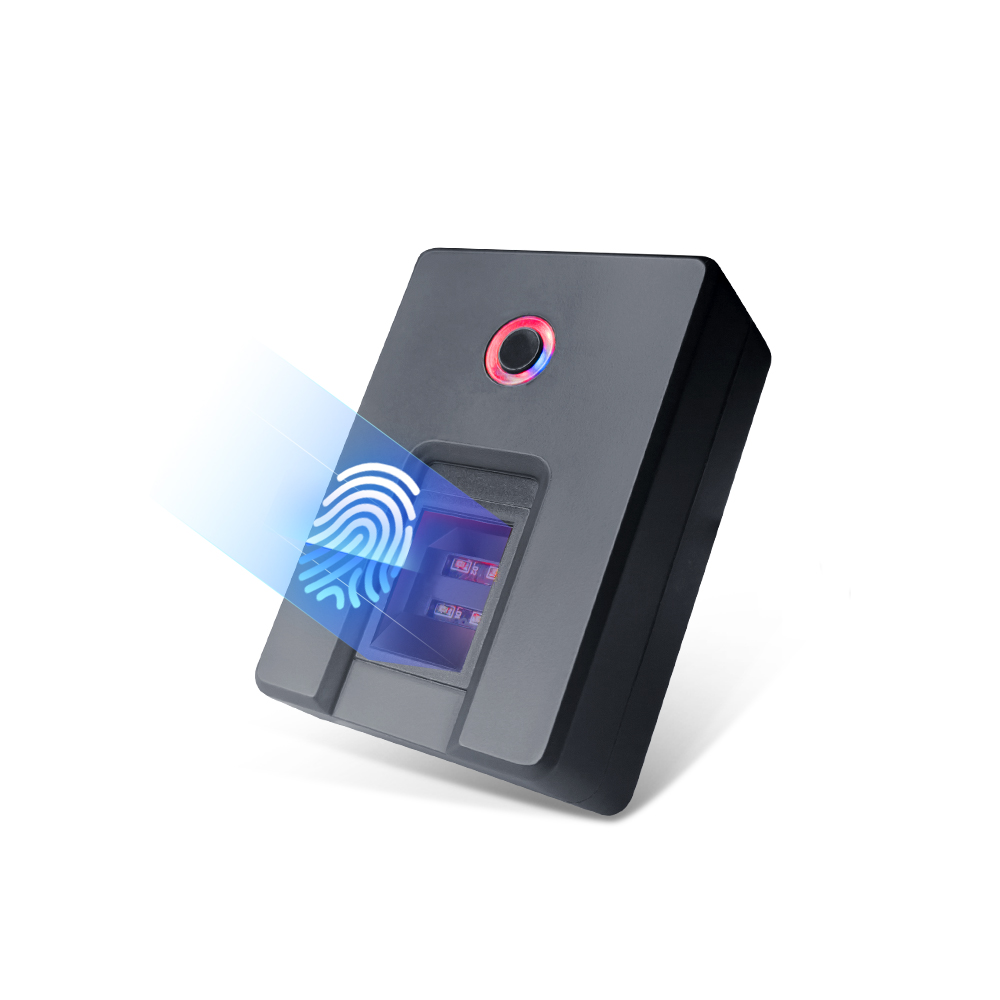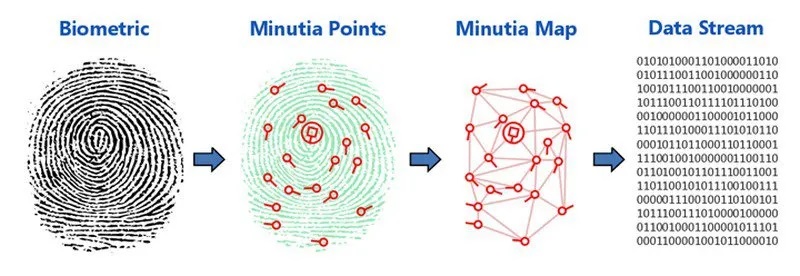Introduction:
In an era dominated by technological advancements, biometric authentication methods have gained widespread adoption, with fingerprint scanners standing out as one of the most prevalent and user-friendly options. The use of fingerprints for identification dates back to ancient civilizations, but in recent years, the integration of fingerprint scanners into modern devices, such as smartphones and laptops, has raised questions about their security. This essay explores the security aspects of fingerprint scanners, examining their strengths, weaknesses, and the implications for personal and digital security.

HFSECURITY Portable Fingerprint Scanner
Historical Perspective:
Fingerprint recognition has a long and storied history, with the first recorded use dating back to ancient Babylon around 2000 B.C. However, it wasn’t until the late 19th century that scientists began to recognize the unique and permanent nature of fingerprints. Sir Francis Galton, a cousin of Charles Darwin, played a pivotal role in establishing fingerprint identification as a reliable method.
Modern Fingerprint Scanners:
In contemporary times, fingerprint scanners have evolved into sophisticated systems that capture and analyze unique patterns present in an individual’s fingerprint. The two main types of fingerprint scanners are optical and capacitive scanners. Optical scanners capture an image of the fingerprint using light, while capacitive scanners use electrical current to map the unique ridges and valleys of the fingerprint.

Strengths of Fingerprint Scanners:
1. Unique Biometric Patterns: One of the key strengths of fingerprint scanners lies in the uniqueness of each person’s fingerprint. The probability of two individuals having identical fingerprints is extremely low, making it a reliable method for personal identification.
2. Convenience and User-Friendly: Fingerprint scanners offer a convenient and user-friendly authentication method. Users can unlock their devices or access secure information with a simple touch, eliminating the need for passwords or PINs.
3. Speed and Efficiency: Fingerprint authentication is typically fast and efficient, providing quick access to devices or systems. This makes it a preferred choice in scenarios where rapid authentication is crucial, such as unlocking smartphones or authorizing financial transactions.
Mitigating Risks and Enhancing Security:
1. Encryption and Secure Storage: To address concerns about database security, it is crucial to encrypt and securely store fingerprint data. Implementing strong encryption measures ensures that even if the database is compromised, the stored biometric information remains unreadable and unusable.
2. Anti-Spoofing Technologies: The integration of anti-spoofing technologies is essential to prevent sensor spoofing attempts. Advanced fingerprint scanners use liveness detection and other techniques to differentiate between live fingers and fake replicas, adding an extra layer of security.
3. Multi-Factor Authentication: To enhance overall security, fingerprint scanners are often used as part of multi-factor authentication systems. Combining fingerprint recognition with other authentication methods, such as passwords or facial recognition, adds an additional layer of complexity and security.
Legal and Ethical Considerations:
The widespread adoption of fingerprint scanners has raised legal and ethical questions regarding the collection, storage, and use of biometric data. Many countries have enacted laws and regulations to govern the handling of biometric information, emphasizing the importance of informed consent and transparent practices.
Conclusion:
Fingerprint scanners represent a significant advancement in biometric authentication technology, offering a balance between convenience and security. While they provide a reliable and user-friendly method for personal identification, concerns about biometric data vulnerability and potential security risks must be addressed through robust encryption, anti-spoofing technologies, and ethical practices. As technology continues to evolve, it is imperative to stay vigilant in adapting security measures to safeguard personal information and uphold the trust placed in fingerprint recognition systems.



